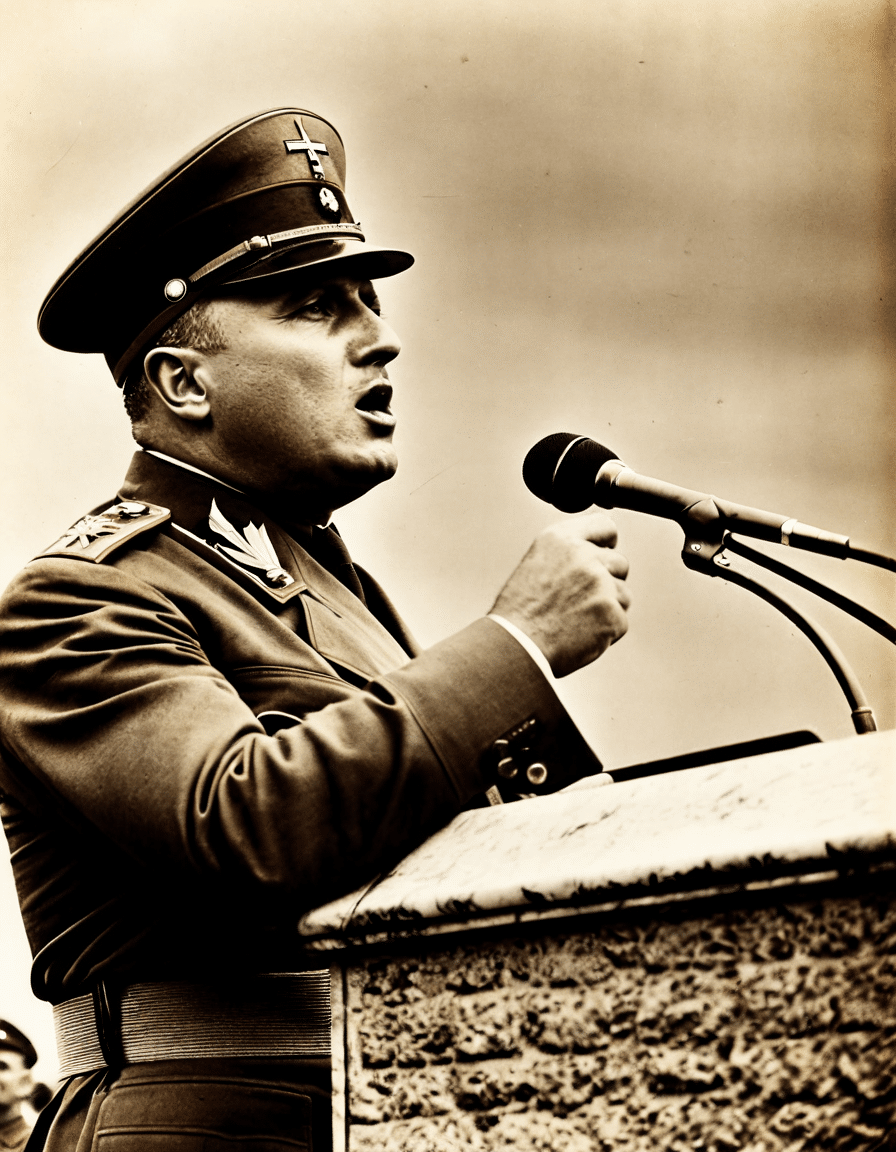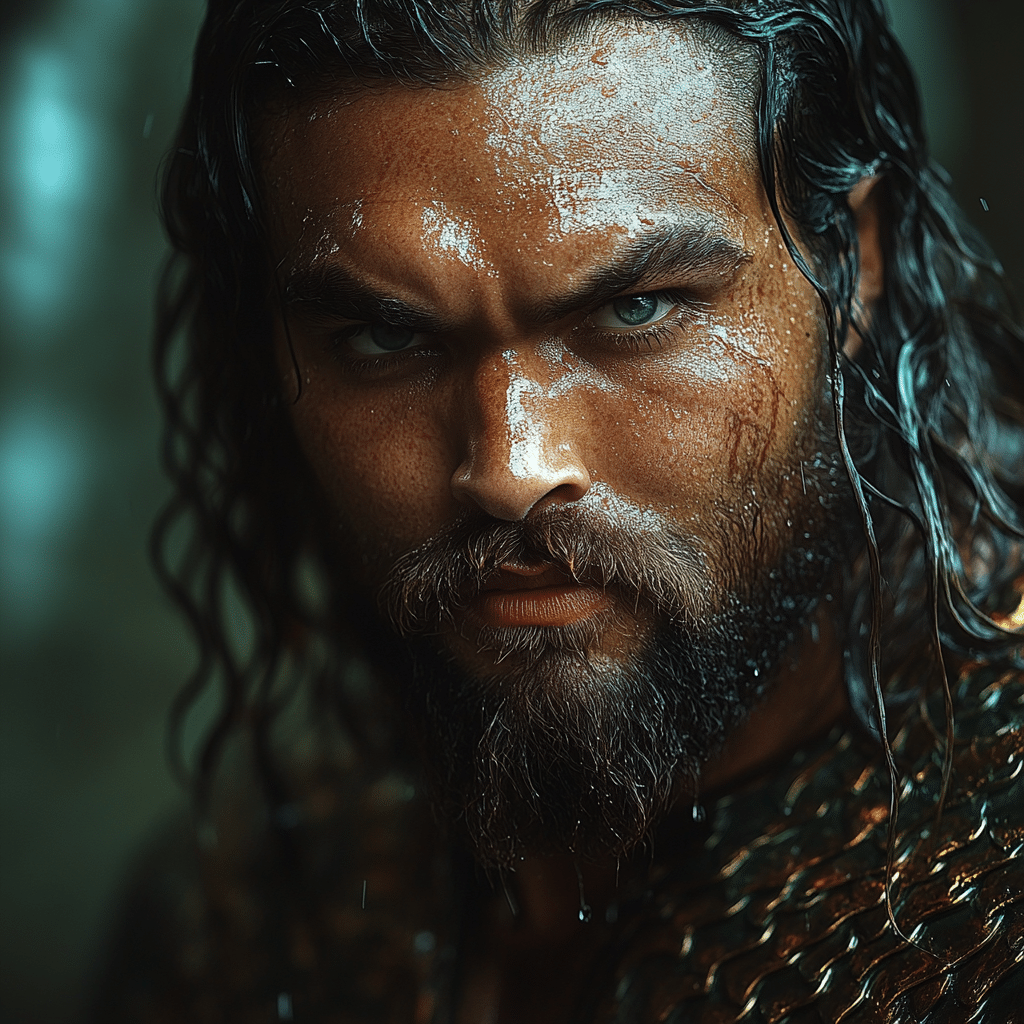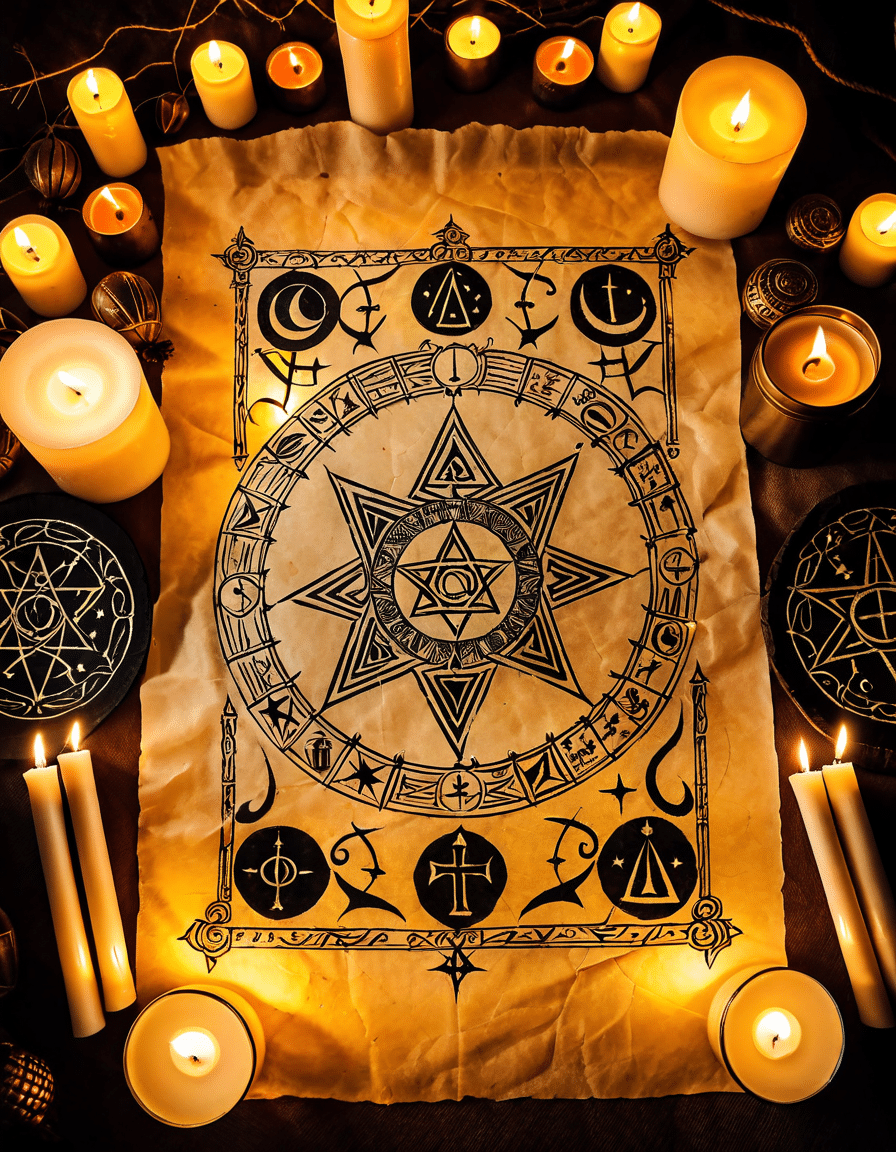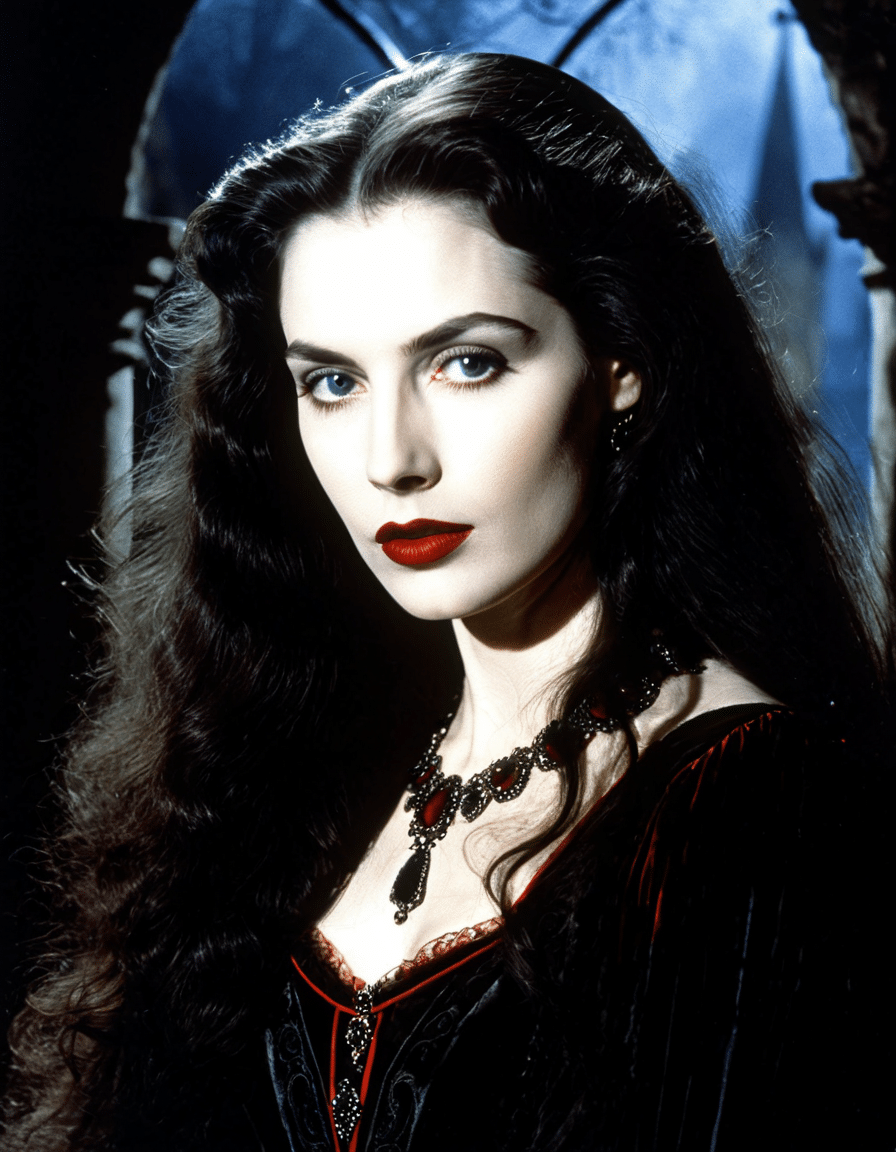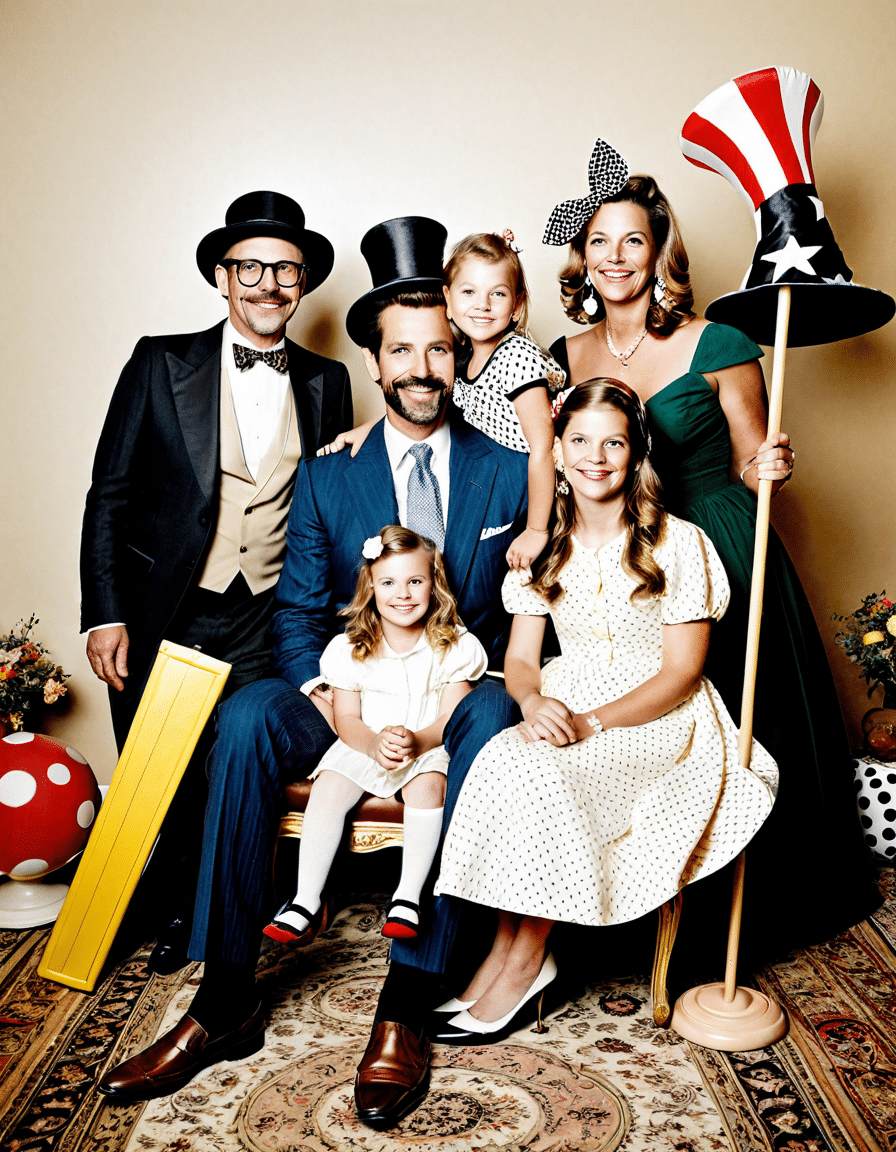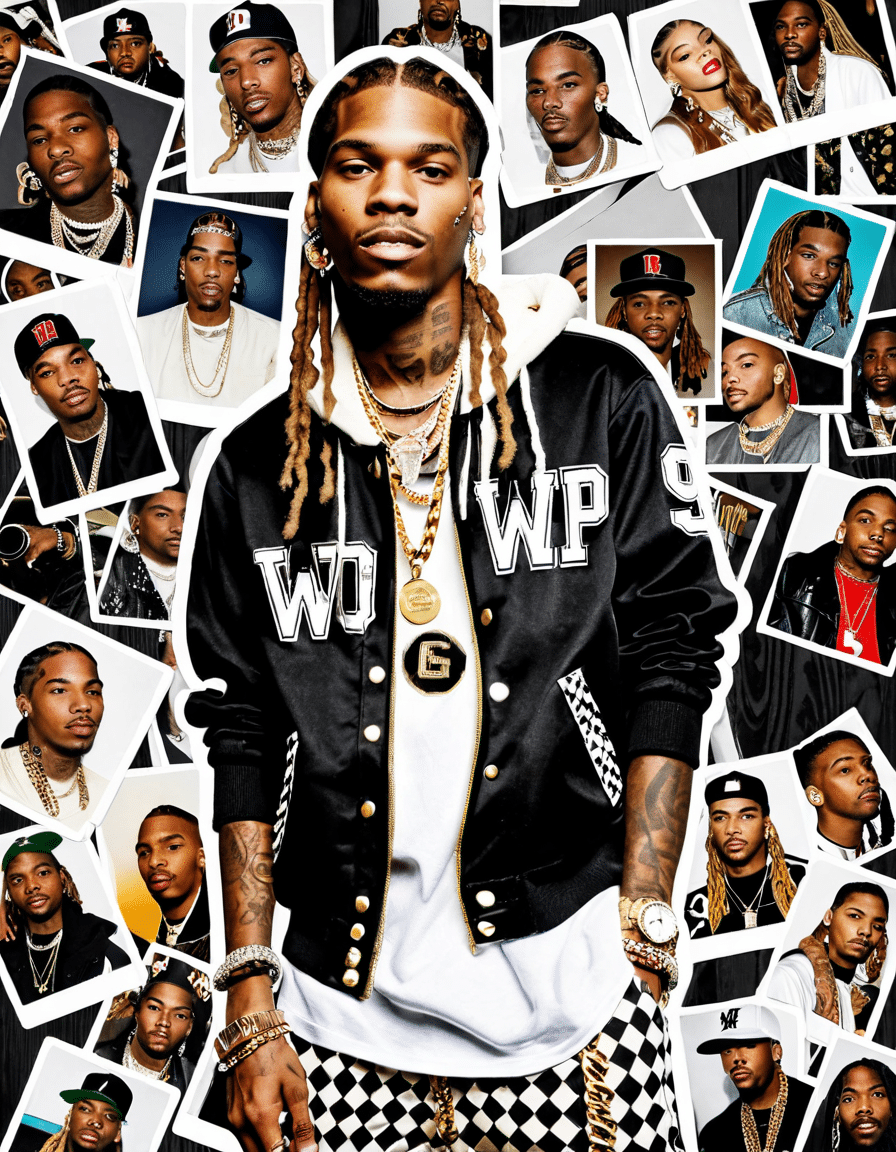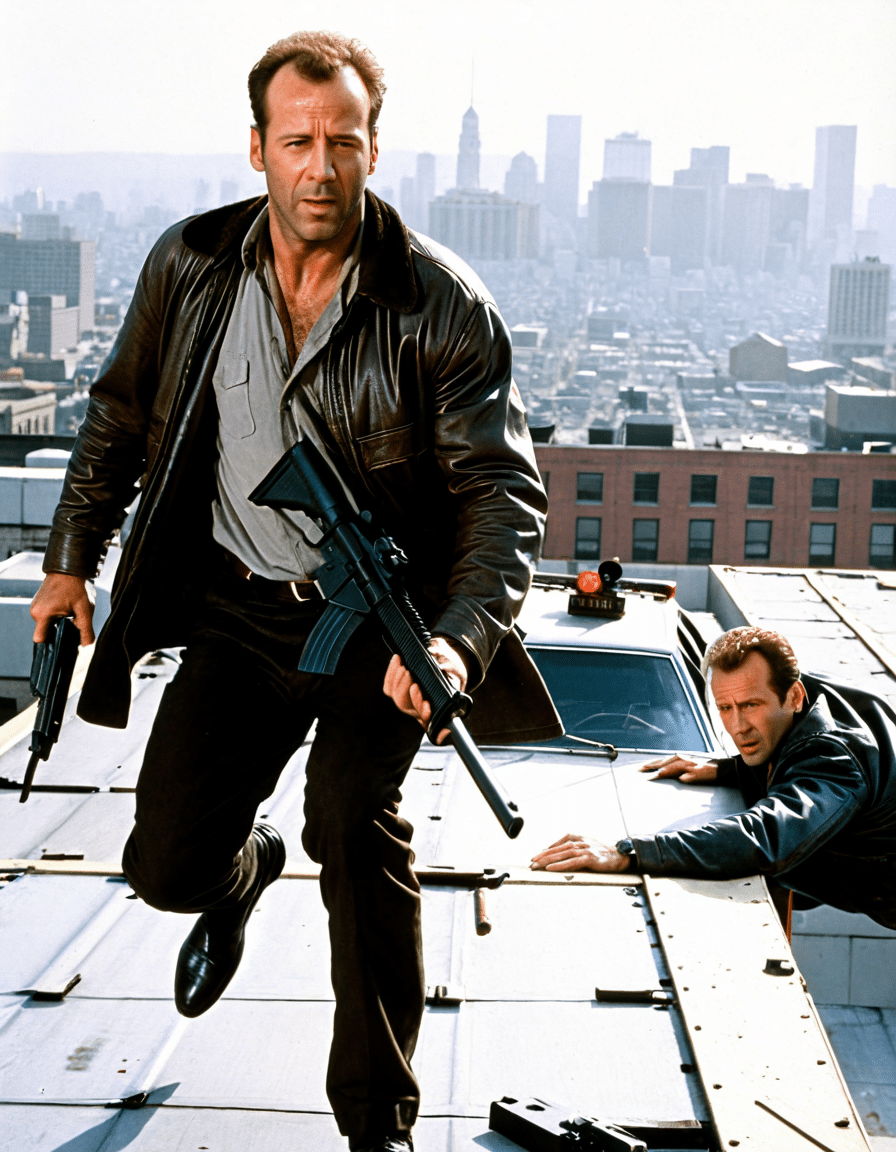Ah, Benito Mussolini! This infamous figure stands firmly in the annals of history as one of the 20th century’s most controversial leaders. Born on July 29, 1883, in the small Italian town of Predappio, Mussolini’s life serves as an engaging tale about ambition, ideology, and power. But let’s dive deeper, shall we?
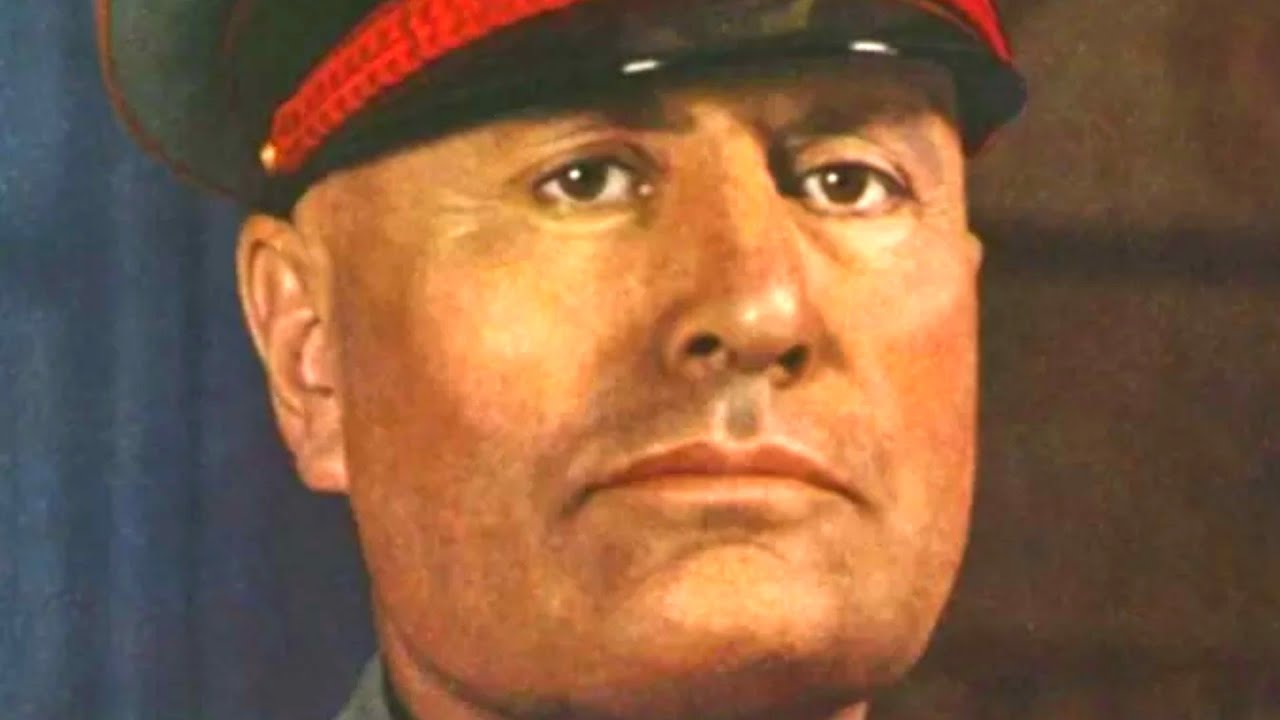
The Early Life of Benito Mussolini: Foundations of a Dictator
Mussolini was raised in a working-class family. His father was a blacksmith and his mother, a teacher, imbued in him the importance of education and hard work. But it was his father’s socialist beliefs that effectively planted the seeds for Mussolini’s political ideology. As a child, he was exposed to radical ideas, influencing his future ambitions. Like many budding leaders, his formative years were not marked by the usual childhood dreams—no, Mussolini’s were fueled by visions of power and governance.
He was a rebellious child, and his experiences in school only added fuel to his fire. He embraced a range of political theories, rejecting traditional norms. This intellectual curiosity, paired with an early exposure to the harsh realities of life, helped shape a dictator who would eventually embroil the world in chaos. Little did anyone know back then that this kid from Predappio would morph into the man behind the fascist regime that sought to redefine Italy and shake the very fabric of Europe.
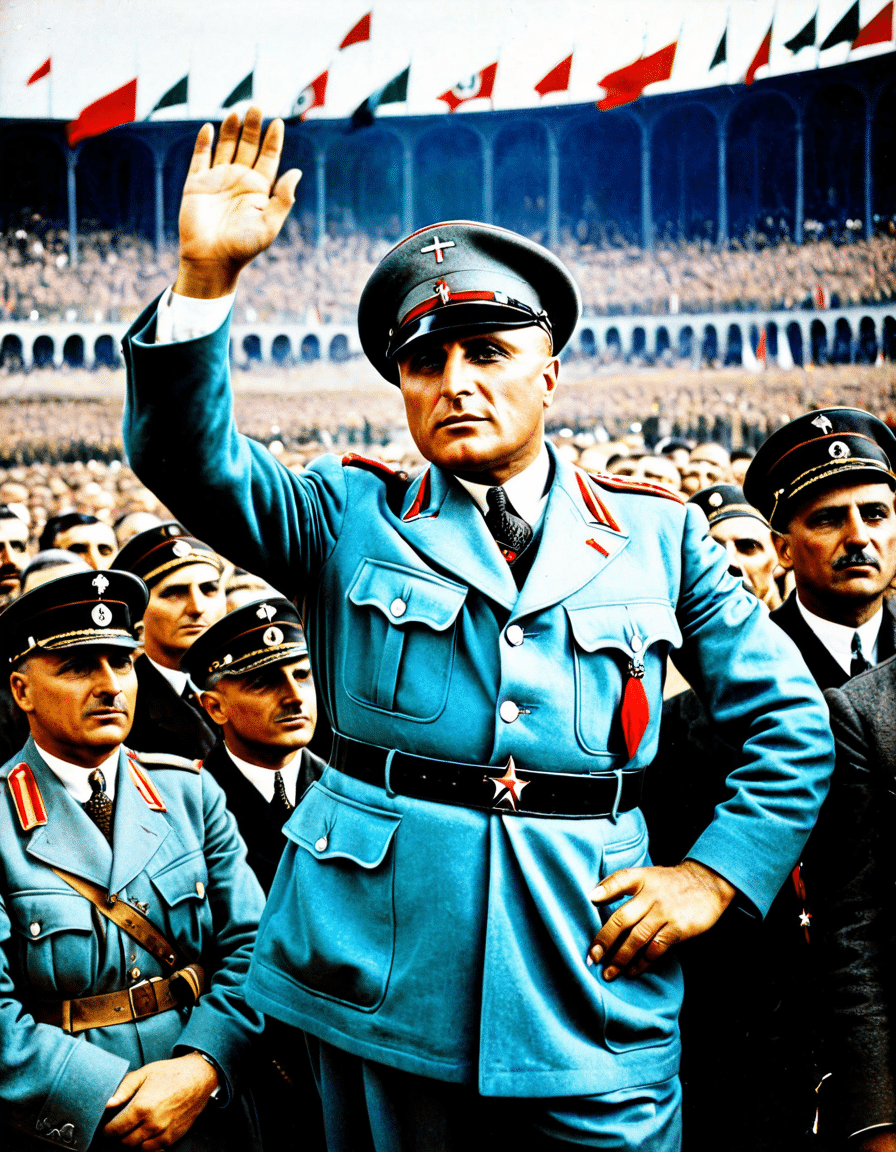
The Rise to Power: Mussolini and the Birth of Fascism
Mussolini’s rise began after World War I, a time when disillusionment swept across Italy. With soldiers returning home and unemployment running rampant, he saw an opportunistic chance to fill the political void. In 1921, he founded the National Fascist Party, initiating a movement filled with aggression and violence. Talk about a power grab!
Using a well-oiled machine of propaganda, Mussolini manned the helm while manipulating public sentiment like a master puppeteer. The March on Rome in 1922, where thousands of his followers paraded through the streets, wasn’t just a show of strength; it was a declaration of rebellion against the established government. By 1925, he turned Italy upside down, establishing a dictatorship with a vengeance. Mussolini didn’t just take power; he made it shine like an over-the-top movie production!
Mussolini’s tactics became a blueprint for dictators worldwide. His combination of rhetoric, state control, and spectacles was the thing that made him an object of fascination. I mean, who can forget the frisky outfit of black uniforms and marching squads? But this was no game of dress-up—this was a calculated strategy designed to instill fear and exhibit strength.
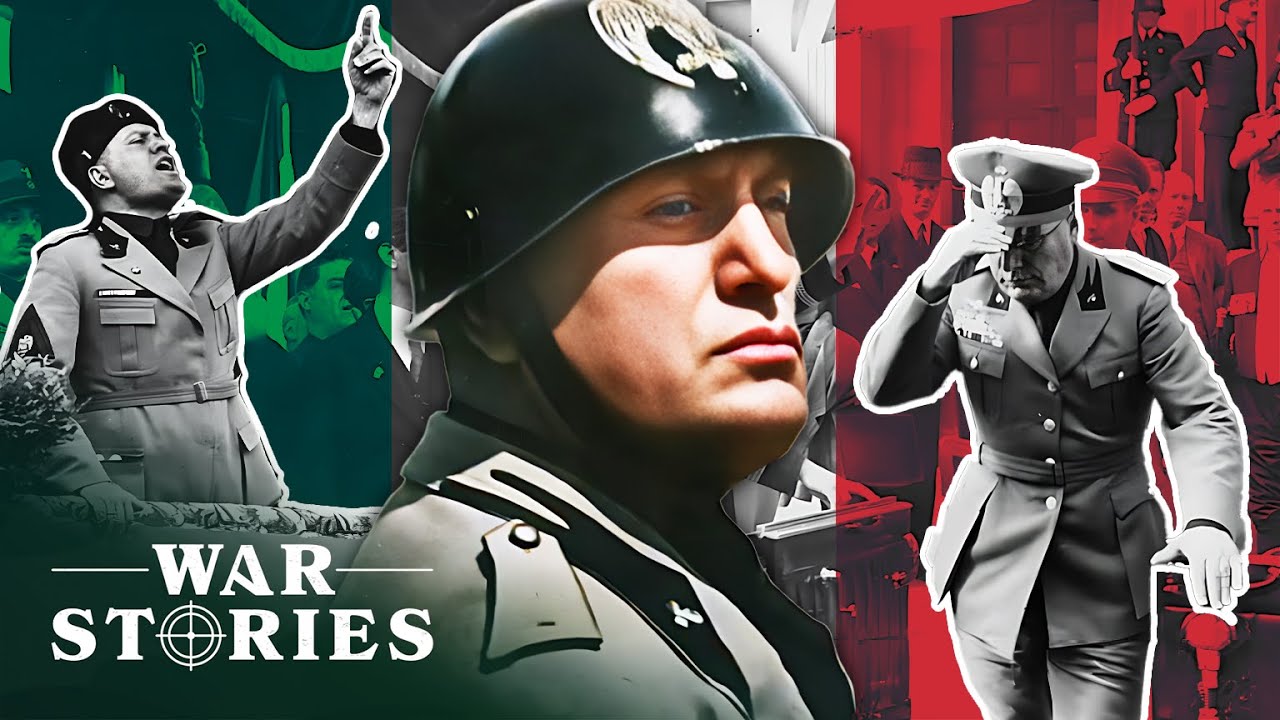
Mussolini Compared: The Fascination with Totalitarianism
Let’s take a detour and look beyond Mussolini’s rule. Comparing him to other infamous leaders gives us valuable insights into the playbook of totalitarianism.
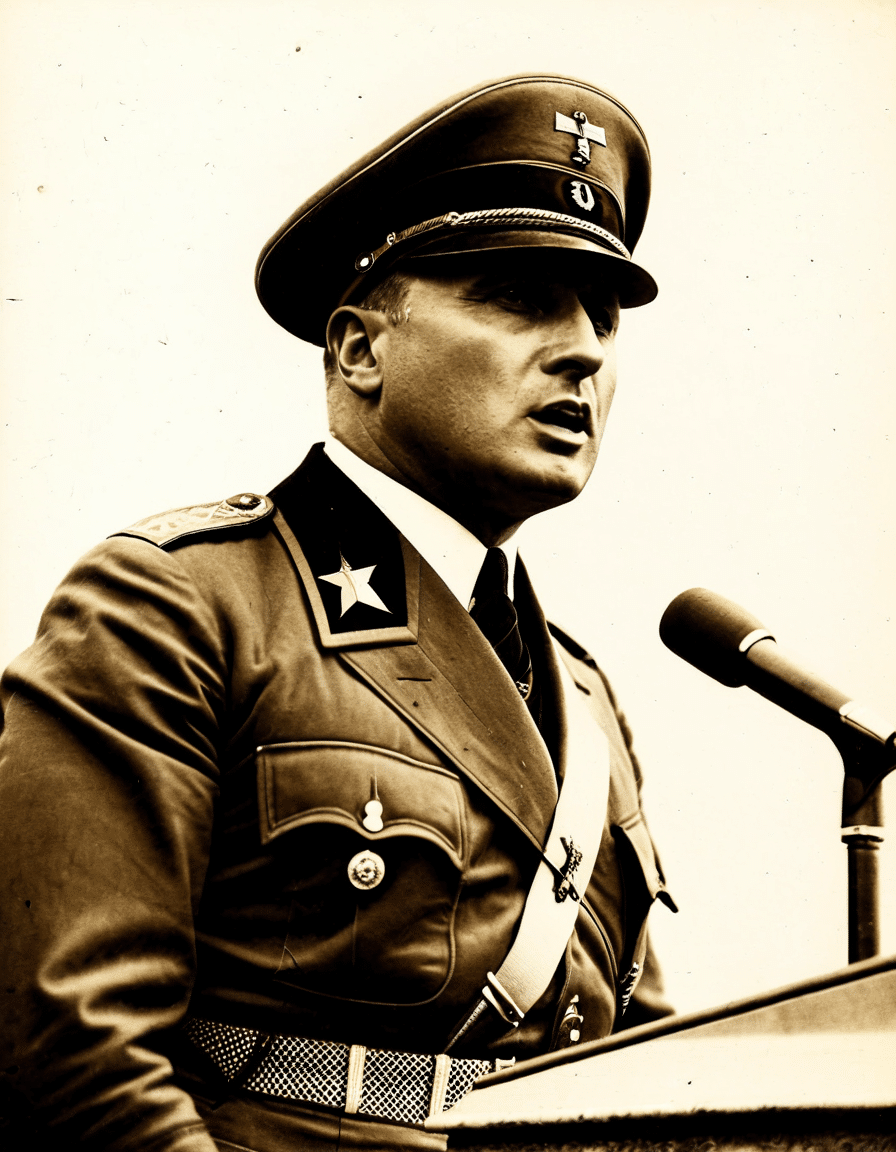
The Abolishment of Democracy and the Cost of Fascism
Mussolini wasted no time eliminating democracy. Many thought he was a breath of fresh air, but beneath that façade lay the dismantling of democratic institutions. His regime’s legacy includes:
The societal impacts were profound. While some Italians cheered Mussolini’s discipline, others suffered under the weight of his oppressive rule. Intellectuals faced persecution, and many chose to flee, while those remaining were often coerced into displaying loyalty. Mussolini’s cult of personality grew heavy with propaganda. His image adorned public places, presenting him as Italy’s savior. What a transformation—from local boy to national hero—all while promoting an ideology that would lead to unimaginable ruin.
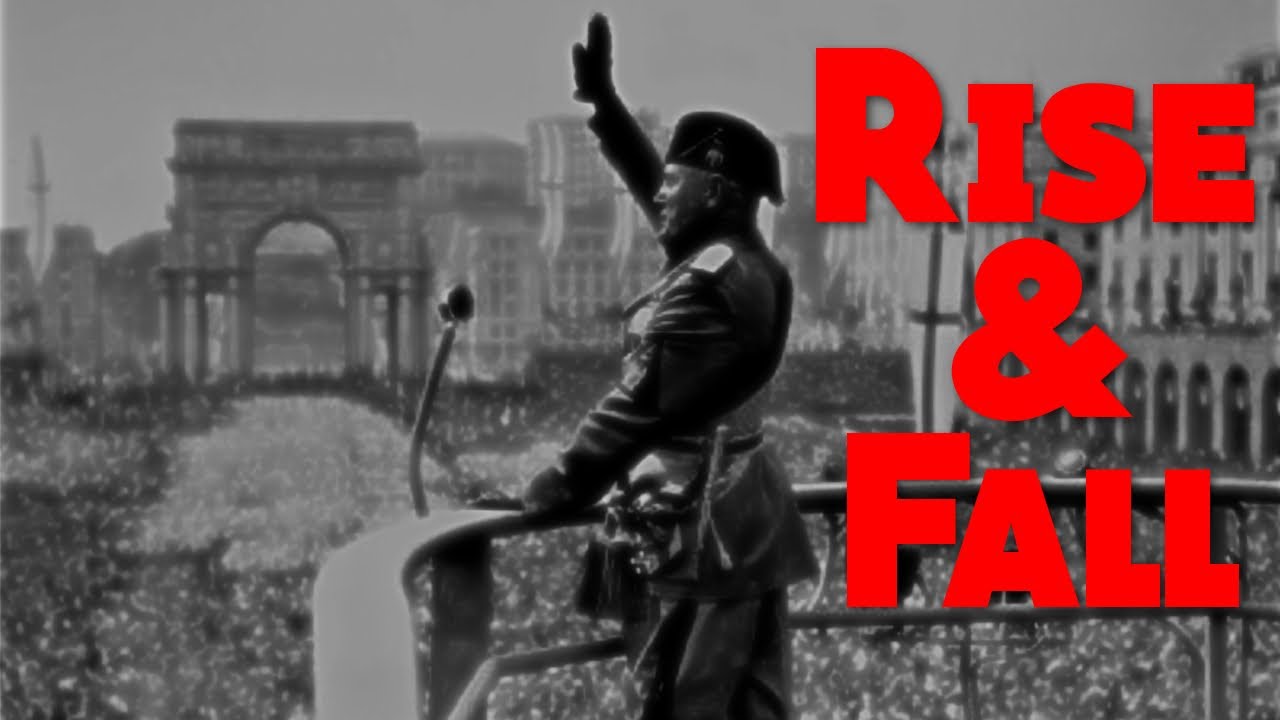
Mussolini’s Foreign Policy: Expansionism and Diplomacy
Mussolini sought to revive Italy’s past glory, reminiscent of the mighty Roman Empire. In a bid for expansionism, he launched aggressive foreign policies that notably included the invasion of Ethiopia in 1935. The world watched in disbelief as he flaunted his militaristic ambitions like a peacock in full plumage.
His alliance with Hitler set the stage for Italy’s place in World War II. This partnership was a classic case of mixing oil and water. Italy’s military failures and disastrous turns contributed to the Axis powers’ ultimate downfall. Mussolini’s dreams of grandeur fizzled like a deflated balloon.
Ultimately, these aggressive acts diminished Italy’s international standing, and by aligning with Nazi Germany, Mussolini ushered in an era of catastrophic repercussions. Talk about bad choices!
The Fall from Grace: Mussolini’s Decline and Final Days
As World War II drew to a close, Mussolini’s empire began to collapse like a house of cards. His miscalculations and alliances bore fruit—unfortunately, the rotten kind. In 1943, the King of Italy, fed up with Mussolini’s failure to lead, had him arrested. The “Duce” found himself unceremoniously tossed out of power.
After a short-lived rescue by German forces, Mussolini established a puppet state in Northern Italy. But, as they say, you can’t keep a bad leader down for long. His luck ran out when partisans captured him in April 1945. The dramatic reversal of fortune was almost poetic—a stark contrast to the initial rise filled with bravado.
In a twisted turn of fate, Mussolini was executed, famously hanging upside down in the town square. It serves as a grisly reminder of a regime that, once upon a time, sought to permeate every aspect of Italian life.
Final Reflections on Benito Mussolini: Lessons from History
Mussolini’s life encapsulates the complexities tied to the rise and fall of authoritarian leaders. It’s a case study punctuated with lessons about populism, erosion of democratic values, and the seductive grip of tyranny.
What’s the takeaway today? Mussolini’s story offers a thrilling examination of political landscapes that continue to resonate. It’s crucial to remember that at the core of such regimes lie real human stories—ones of suffering, hope, and resilience.
So next time you read about dictators—be it Mussolini, Hitler, or even modern examples—the echoes of their choices reverberate through time. Let’s not forget the past! History can be our greatest teacher, especially when it issues grave warnings about the importance of safeguarding democracy.
And who knows—perhaps we’ll find a sprinkle of wisdom in today’s world as we navigate the turbulent waters of governance and leadership, much like the spirited dynamics in Grace And Frankie, where different personalities clash harmoniously for the greater good. So next time you ponder political history, remember: the lessons of Benito Mussolini linger on, blending seamlessly with the narratives we engage with today.
For an engaging perspective, look no further than the colorful landscapes of popular culture and history, where figures like Mussolini and even the iconic Pac-Man 30th anniversary, live on in reminders of the paths taken—some glorious, some not so much.
As we continue to face political intrigues in our world, perhaps we should take notes from both the regimes and the rebels like Nelson Mandela. After all, you can never have too many lessons in the art of leadership and governance! Now that’s a conversation worth having!
Benito Mussolini: Fascination Through Trivia
The Charm of a Dictator
Did you know that Benito Mussolini was once a passionate schoolteacher before he became a dictator? In some ways, he adopted a style akin to a charismatic actor. Speaking of talent, you might find it fascinating that Kevin Chamberlin, known for his Broadway performances and TV roles, embodies a similar larger-than-life presence, making people sit up and take notice. Mussolini’s rise to power can be likened to some film plot twists—his transformation from a humble schoolyard orator to the head of Italy’s Fascist regime was dramatic and swift.
Stride Through History
While Mussolini’s policies sparked significant changes in Italy, they were also reminiscent of the powerful figures of ancient Rome, such as Julius Caesar. It’s remarkable how often history repeats itself, right? Just as Caesar influenced governance with charisma and dominance, Mussolini attempted to revive Roman grandeur, yet his empire crumbled in spectacular fashion. Was the fall as epic as the celebration of milestones like the Pac-Man 30th anniversary? Well, it’s a hard comparison, but each marks a notable point in cultural history. The impact of Mussolini’s rule is still felt today, and he certainly left his mark as a character that fascinates historians and filmmakers alike.
Artistic Connections
Speaking of captivating characters, Mussolini’s story parallels how iconic movies are crafted. Think of how villains in films like the ones featuring Gisele exhibit complex motivations—Mussolini evoked a similar mix of charm and menace. His life was as intricate and dynamic as the narratives spun in popular media today, drawing parallels with shows and films that explore complicated characters, like Wilmer Valderrama’s roles that often highlight depth beneath the surface. Furthermore, pieces about Mussolini could evoke new ideas, much like using advanced tools such as Figgs AI to reshape storytelling in modern cinema—after all, history can be a script waiting for adaptation.
As we reflect on these intriguing bits of trivia regarding Benito Mussolini, it’s clear that history, much like art, constantly evolves. Each layer reveals new insights about leadership, power, and the human condition, keeping us engaged and often drawing direct connections to cultural landmarks.
